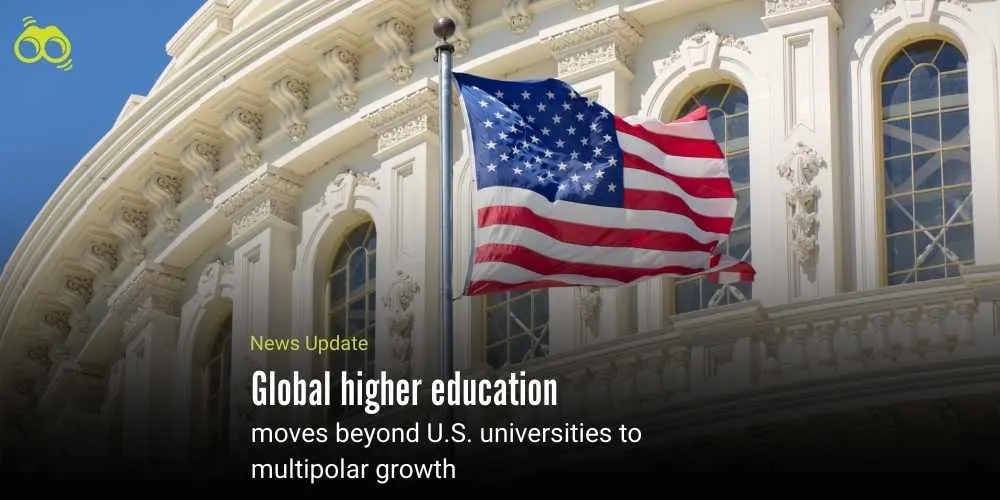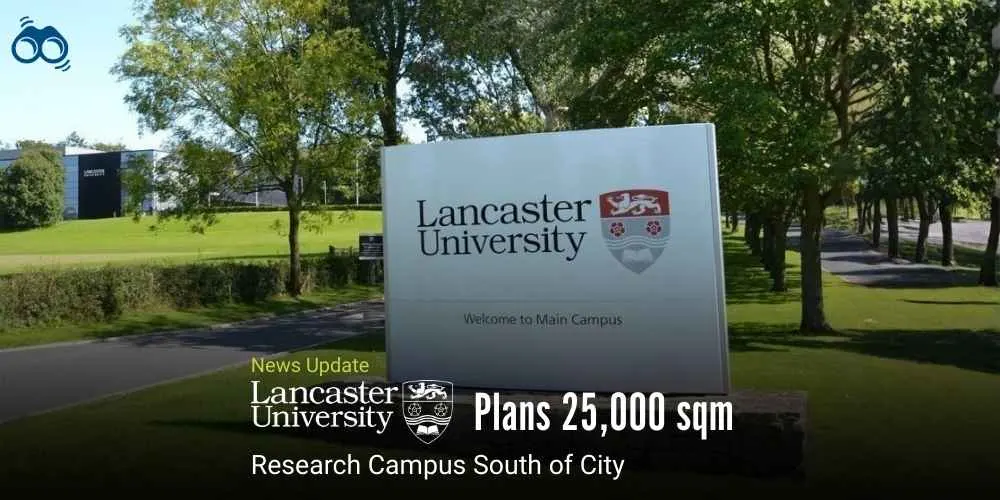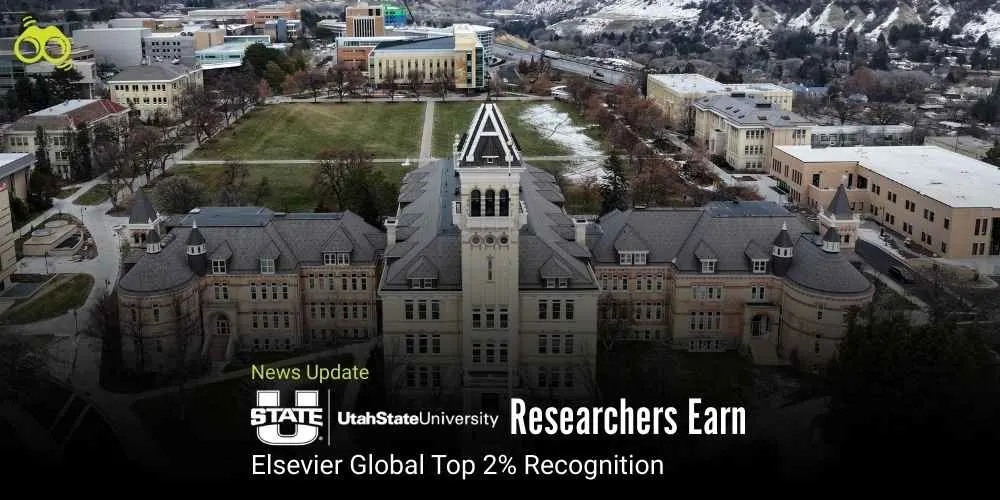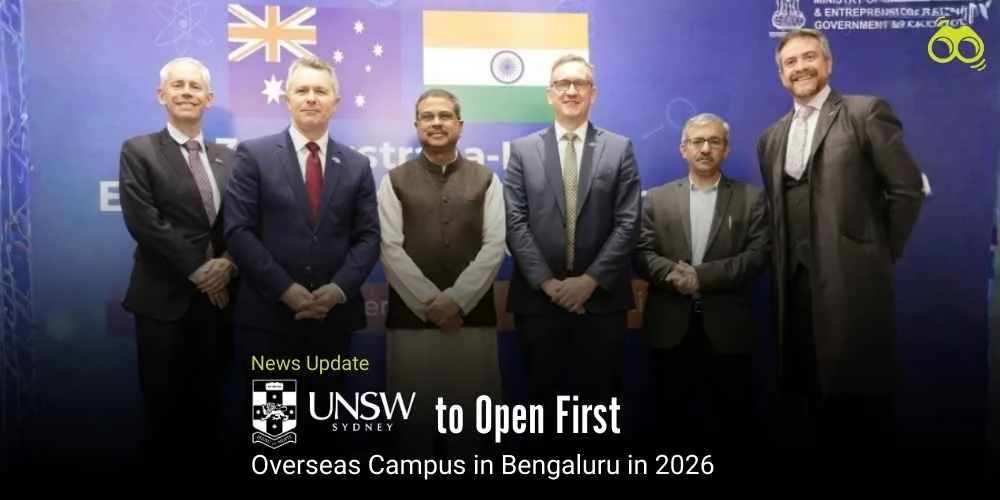Migration Resistance and Research Securitisation: The Politics of Global Learning
Academic Alliances Under Strain: The US-China Decoupling in Higher Education
In the early twenty-first century, higher education has emerged as one of the most dynamic arenas of global transformation. Once shaped predominantly by Western norms and the institutional leadership of US universities, the sector is now undergoing a decisive shift towards multipolar academic leadership and increasingly complex international cooperation. According to UNESCO’s Higher Education Global Data Report, global enrolment rose from 100 million in 2000 to over 235 million by 2020, with Central and Southern Asia recording a 286% increase in student numbers. This expansion has coincided with a redistribution of scientific capacity, as China now produces twice as many global science papers as the United States, and universities across Asia, Europe, and Latin America are asserting new forms of influence.
Yet this growth has unfolded amid rising geopolitical tensions. As Simon Marginson’s 2025 study on the geopolitics of higher education notes, the sector is no longer insulated from the broader currents of international politics. The post-1990 era of globalisation, characterised by open borders, English-language dominance, and US-led academic norms, is fragmenting under the weight of migration resistance, national security policies, and strategic decoupling, particularly between the United States and China. These developments have led to a decline in cross-border student mobility, increased scrutiny of international research partnerships, and a recalibration of global university networks.
In this context, higher education is not merely adapting to global change; it is actively shaping it. Universities are emerging as diplomatic actors, knowledge hubs, and strategic platforms for soft power, with internationalisation strategies increasingly influenced by national interests and regional alliances. The rise of hybrid learning, AI-enabled translation, and global citizenship education further underscores the sector’s role in redefining cooperation across borders. As the OECD’s Trends Shaping Education 2025 report suggests, education systems worldwide are now responding to a convergence of technological, environmental, and political forces that demand new models of leadership, inclusion, and resilience.
Over the past 15 years, higher education has moved beyond the era of global openness once dominated by American research institutions and Western university models. We are now witnessing the rise of a multipolar system, where influence is more evenly distributed across regions. However, this transition has not been without disruption. Resistance to migration in much of the West, coupled with deglobalisation policies in the United States, has led to reduced cross-border mobility and a partial decoupling of collaboration between American and Chinese universities. These developments have reshaped the contours of global education, prompting institutions to reconsider how they engage with international academic research and global university networks.
A compelling analysis of these changes was offered by Professor Simon Marginson in his July 2025 paper, “Space, Power and Globalisation: On the Geopolitics of Higher Education,” published in the ECNU Review of Education. Marginson, who holds positions at the Universities of Bristol and Oxford, draws on human geography and the history of international relations since 1945 to frame his study. Using conceptual tools developed by geographer Doreen Massey, he explores how nations, universities, faculty, and students construct spaces and relationships within the global higher education system. His work underscores that the convergence of education systems worldwide since the 1990s was not the result of abstract forces, but rather the deliberate actions of human and organisational actors, many of whom operated within the framework of English-language dominance and US-led academic norms.
Yet, as Massey argued, diversity inevitably expands over time, and no power structure remains fixed. Marginson’s study points to growing evidence that world-class universities and scientific capacity are now more widely distributed. China, for instance, has emerged as a formidable leader in higher education innovation, with its researchers producing twice as many global science papers as their US counterparts. The rise of AI-enabled translation technologies has further accelerated this shift, allowing research published in any language to circulate globally and challenging the long-standing linguistic hegemony of Western universities.
The paper also identifies five historical layers that continue to shape the geopolitics of higher education: Euro-American colonisation before World War II; the post-1945 UN Charter and early post-colonial developments; the US-dominated era of globalisation from the 1990s; the emergence of multipolarity in the 2000s; and, since the mid-2010s, the fragmentation and destabilisation of the post-1990 order. Marginson argues that the last two layers now exert the strongest influence on universities and science, though their impact varies depending on geography, national policy, and institutional strategy.
Signs of this new era are visible in slowing global trade, rising protectionist tariffs, and increasing resistance to migration, trends exemplified by the UK’s decision to leave the European Union in 2016. Initially, such resistance did not directly affect cross-border students, but governments in Canada, Australia, the UK, the Netherlands, and Denmark have since imposed caps on incoming students, with others considering similar measures. These policies reflect a broader shift in education policy, where national interests increasingly shape internationalisation strategies.
The United States, in particular, has adopted a highly selective approach to global engagement, regulating academic partnerships through the lens of national security. This has led to unprecedented scrutiny of research and mobility, especially concerning China. American university leaders have ceased visiting China, and US scientists face restrictions tied to securitisation, technological competition, and bans on collaborative climate research. The number of joint US-China science papers has declined, and some US scientists of Chinese heritage have faced unjust investigations, resulting in damaged careers and reputational harm.
Between 2015 and 2023, the number of Chinese students receiving US visas fell by two-thirds, while the number of American students in China dropped from 15,000 to just 350. Research securitisation has since spread to other Western countries, though Europe’s position remains uneven. In contrast, cooperation in the global South and East continues to grow, with increasing flows of international students and faculty contributing to a more diverse and resilient global higher studies ecosystem. This evolving landscape raises important questions for policymakers, university leaders, and scholars in the social sciences and political science. As global education becomes increasingly multipolar, institutions must rethink their strategies for internationalisation, collaboration, and innovation. The challenge now is not only to adapt to geopolitical shifts but to actively shape a more inclusive and balanced global education system. Higher education is no longer a passive recipient of global change, it is a principal actor in shaping the future of international cooperation.
Editor’s Note:
The transformation of global higher education is now a structural reality. Enrolment has more than doubled in two decades, scientific output is diversifying, and academic influence is shifting eastward. A system once dominated by US universities and Western norms has become a multipolar landscape shaped by geopolitics, technology, and strategy. At the centre of this shift is a reordering of academic power. China now produces twice as many science papers as the United States, reflecting policy coherence and institutional strength. Growth in Central and Southern Asia, along with stronger roles for universities in Latin America and Europe, shows that capacity and ambition are spreading widely. These changes challenge the assumption that excellence belongs only to Western models. Globalisation's post-1990 era of open borders and English dominance is fragmenting due to migration resistance, security policies, and US-China decoupling, reshaping higher education with increased visa limits, research controls, and reduced collaboration, linking knowledge with national interest. Simon Marginson's 2025 study highlights how deliberate actors shape education systems, noting diversity's expansion and AI's role in breaking language barriers, weakening English's dominance.
Skoobuzz believes global higher education is not weakening but reshaping itself. Universities are taking on new roles as centres of diplomacy, soft power, and regional cooperation. The rise of hybrid learning, global citizenship courses, and AI-based teaching shows that the sector is not just adjusting to change but also driving it.














0 Comments (Please Login To Continue)